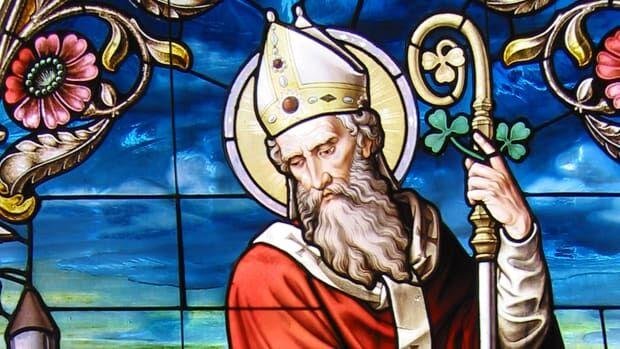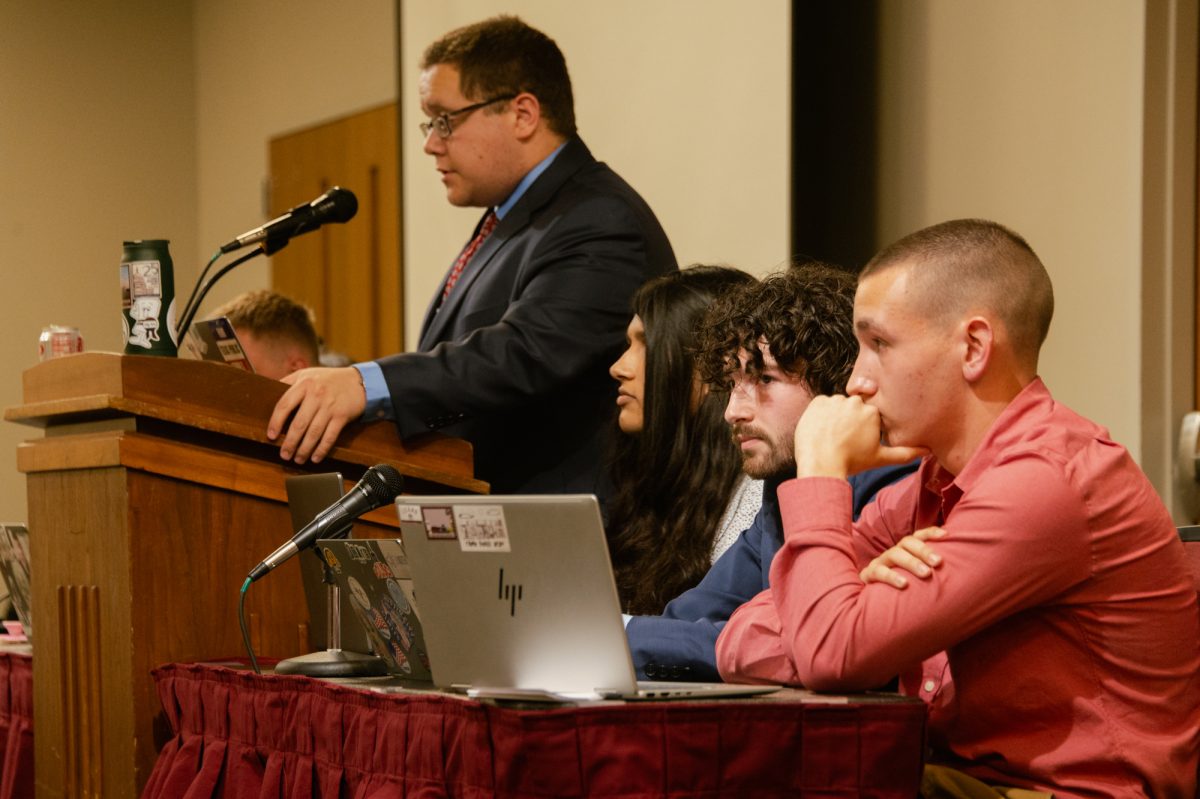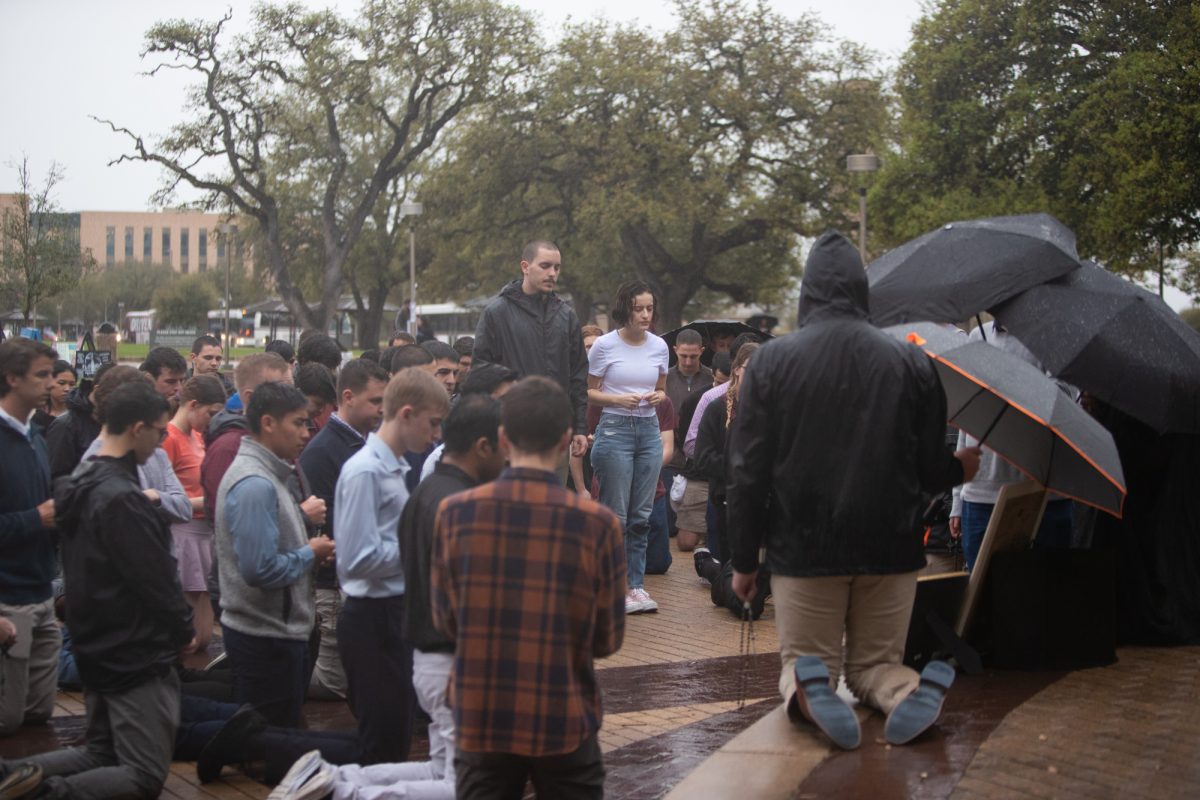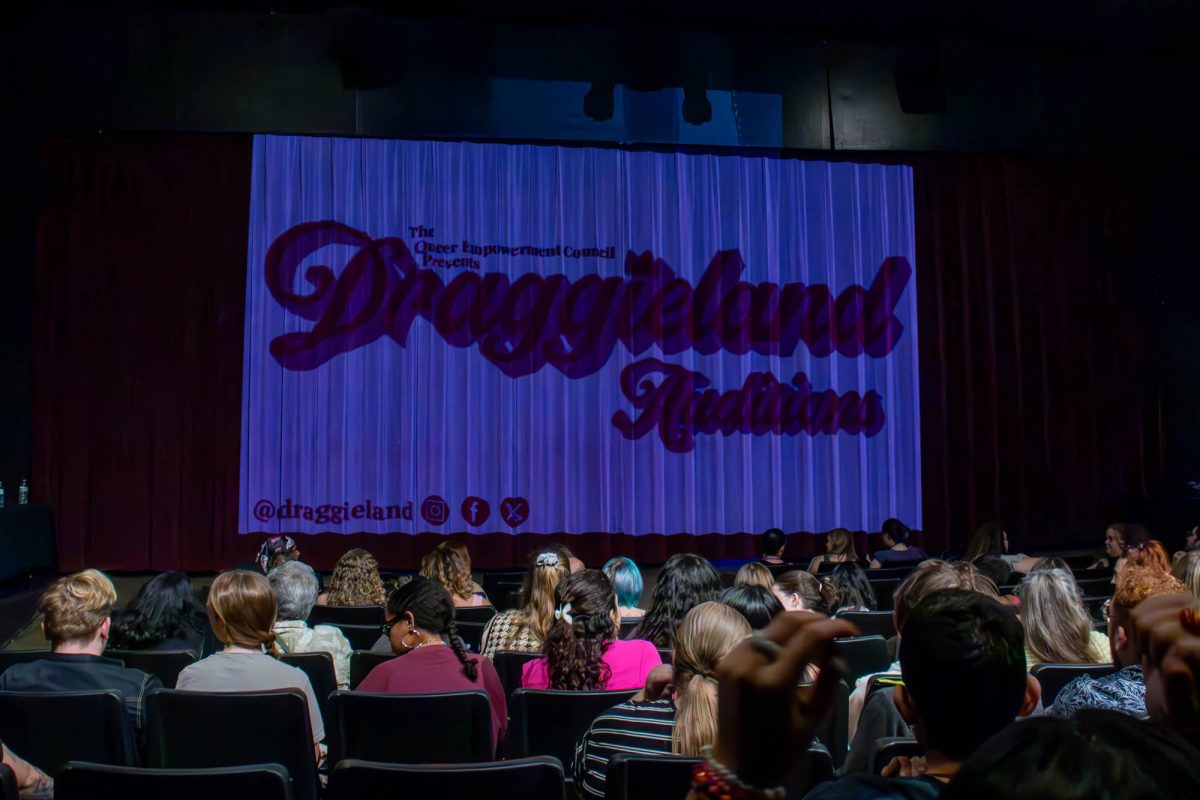In recent history, March 17 has been celebrated with images of shamrocks, green clothes and beer as a celebration of St. Patrick’s Day.
However, the holiday hasn’t always been such a commercialized day, rooted in modern-day traditions. All of today’s traditions, at least within the United States, have very little to do with the historical figure of St. Patrick. St. Patrick, the patron saint of Ireland, has been celebrated for 1,000 years on March 17 by the Irish, but these celebrations originally came in the form of a feast and church service, allowing for a break from Lent. According to History.com, the myth of St. Patrick is that he used a shamrock to explain the Holy Trinity, which is why it has become a symbol of the holiday.
Although the feast was held primarily in Ireland, the first parade was conducted in what is now Saint Augustine, Florida, in 1601. The parade was organized by the Spanish colony’s Irish vicar Ricardo Artur.
“More than a century later, homesick Irish soldiers serving in the English military marched in New York City on March 17, 1772, to honor the Irish patron saint,” an article on History.com reads. “Enthusiasm for the St. Patrick’s Day parades in New York City, Boston and other early American cities only grew from there.”
While celebrations continued to grow in the United States, it wasn’t until 1798 that the color green became associated with the holiday, Marion Casey, a clinical assistant professor of Irish Studies at New York University, told TIME.
“Up until the [Irish] rebellion, the color associated with St. Patrick was blue, as it was featured both in the royal court and on ancient Irish flags,” Casey said. “But as the British wore red, the Irish chose to wear green, and they sang the song ‘The Wearing of the Green’ during the rebellion, cementing the color’s relevance in Irish history.”
With large Irish populations moving to big cities across the globe during the 19th century, the holiday grew to help unite their culture. Today, New York City holds the world’s largest civilian parade to celebrate the Irish saint, with nearly 3 million people in attendance each year.
Since the creation of the holiday, it has become heavily celebrated in the United States as a day of drinking Irish beer, wearing green and hanging shamrocks. Budweiser’s 1980 campaign is to credit for the tradition of drinking “green beer,” even though it has very few ties to the patron saint.
Stephen Bales, A&M professor of religious studies, said in general, traditions and cultural celebrations often evolve and spread in the way St. Patrick’s Day did. Bales said the motivation is usually to spread their religion, but it often becomes commercialized.
“Religious holidays are a means for cultural cohesion in the sense that they allow for groups to come together and reinforce a particular dominant culture or ideology,” Bales said. “St. Patrick’s Day probably has been so successful in the U.S. because it allowed for the Irish immigrants to actually assimilate by making it a holiday for everyone.”
Discovering St. Patrick’s Day’s roots
March 16, 2021
0
Donate to The Battalion
$2065
$5000
Contributed
Our Goal
Your donation will support the student journalists of Texas A&M University - College Station. Your contribution will allow us to purchase equipment and cover our annual website hosting costs, in addition to paying freelance staffers for their work, travel costs for coverage and more!
More to Discover










